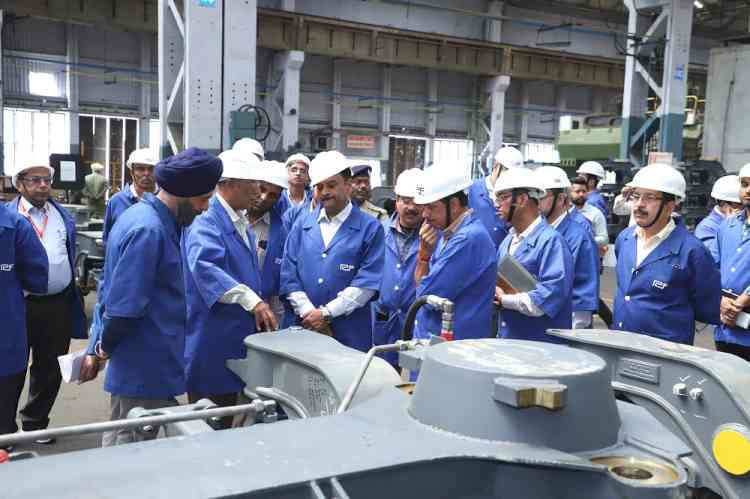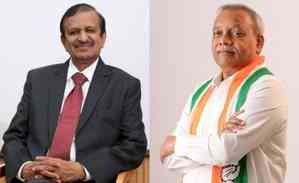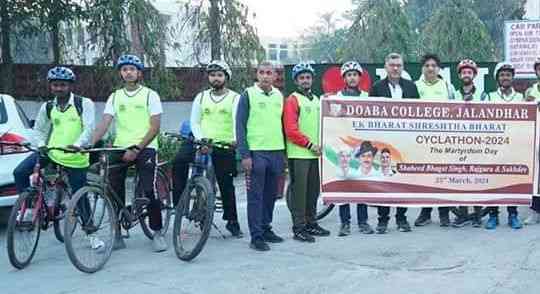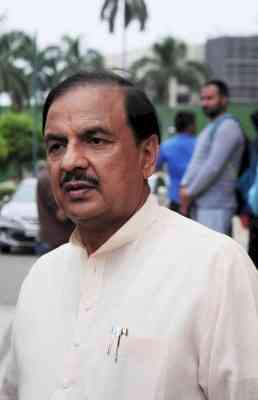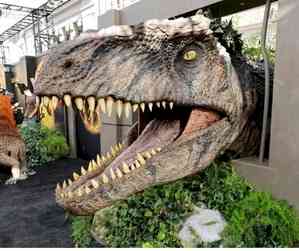Hypertension responsible for about 60% of all stroke deaths: Dr. Sandhu
Author(s): City Air NewsLudhiana, May 17, 2016: Hypertension awareness program was organized by Fortis Hospital Ludhiana. More than 50 patients and their relatives attended the program. Program was held under the supervision of Mr.Vivan...


Ludhiana, May 17, 2016: Hypertension awareness program was organized by Fortis Hospital Ludhiana. More than 50 patients and their relatives attended the program. Program was held under the supervision of Mr.Vivan Singh Gill, Facility Director Fortis Hospital Ludhiana. Program was started with “Aardas” (Prayer). The whole session was followed by question-answer round on various scenarios of daily life.
Giving information regarding the event Dr.Paramdeep Singh Sandhu, Consultant, Cardio Department, Fortis Hospital Ludhiana said, “High blood pressure is one of the most common cardiovascular problems. It is directly responsible for about 60% of all stroke deaths and 25% of all coronary heart disease deaths in India. As per studies carried out among urban and rural population, its prevalence is as high as 30 per cent if the cut-off 140/90 mm is kept as its definition. In India alone, 15 crore patients need medical treatment.
Most clinicians practicing medicine feel that the incidence of hypertension is steadily increasing. One of the most obvious reasons is the increasing level of stress in the community: the prevailing hostilities, anxieties related to work atmosphere, strain in family work being some examples.
The high salt intake in the Indian diet is another important reason. So is genetic influence. Those with a family history of blood pressure are more prone to it and at a younger age.
What is normal Blood Pressure: Optimal BP is a pressure less than 120/80 mm Hg. Any rise in BP above 110/75 mm is associated with a linear increase in stroke and heart attack rates. This has been proven by several epidemiologic studies and life insurance statistics. An increase of 10 mm in systolic or diastolic pressure is associated with a doubling of the risk of a vascular event. Unfortunately, high BP is invariably not accompanied by symptoms and therefore its detection and management is a challenge.
This is in fact, why, it has been described as a "Silent Killer".
Some myths about blood pressure: Blood pressure increases with age and is a normal phenomenon:
Truth: According to this theory, normal BP of a 60-year-old is 160 and at 80 years it is 180 (Age+100). This is not true. Normal BP at all ages should be less than 120/80 mm.
Low Blood Pressure is a disease: People with BP lower than 100 to 110 mm systolic in good health often seek medical attention.
Truth: Individuals with pressures on the lower side (90 to 100 mm systolic) without any other disease are very fortunate in having natures blessing to have a long healthy life. They should not waste their resources on taking tonics and BP increasing measures.
Stay healthy first
Everyone who has high blood pressure should adopt measures to stay healthy (see box). The lifestyle changes advised will bring down the dosage of drugs and number of medicines that need to be taken.
All healthy individuals too, should adopt these non-drug measures, so their pressure remains below 120/80 mm Hg.
Dr. Sandhu Said, “Before starting drugs make sure that you minimize the consumption of following: Pain killers, nasal drops, cough syrups, anti-depressants and mood elevating drugs.”
POINTS TO CONSIDER BEFORE BEING LABELLED A BP PATIENT
• Get the BP measurement done after sitting for several minutes in a quiet room
• Take at least 2 measurements spaced by one to two minutes and additional readings if the two are quite different
• An appropriate BP apparatus
• If the BP in two arms is different, take the higher value as the reference
Drug treatment for high BP is a very long term treatment. Once it has been recommended that medicines (very often 2 drugs if the BP is more than 160/100 mm) are needed, they are not to be stopped even after BP comes down to target levels. This is a common mistake committed even by very educated people. The aim of medication is to keep you free of the risk of complications like heart attacks, stroke etc. It is to ensure that you remain free of catastrophic problems as years go by.
The currently used drugs are very safe and need very little monitoring for side-effects. Most are well-
While answering the Patient Dr. Sandhu said, Ideal blood pressure at all ages should be below 120/80. In general, medicines are recommended when BP is more than 140/85 mm Hg. In some situations, medicines are recommended even at levels of 130/80 mm Hg. These situations are:
• Patients with diabetes
• Patients with kidney disease and high levels of blood urea and creatinine
• Patients with pre-existing heart disease or stroke.
Non-drug methods to reduce BP: Non-drug methods can reduce BP by 10 to 15 mm Hg:
These measures are:
• Regular exercise
• Salt intake of not more than 4 to 5 grams per day
• Fresh fruits and leafy vegetables (4 to 5 servings/day)
• Avoidance of alcohol or drinking in moderation
• Losing weight
Also present on the occasion were Dr. V. K Sharma, Dr. Alok Jain, Dr. Ajay pal Sandhu.

 cityairnews
cityairnews 






